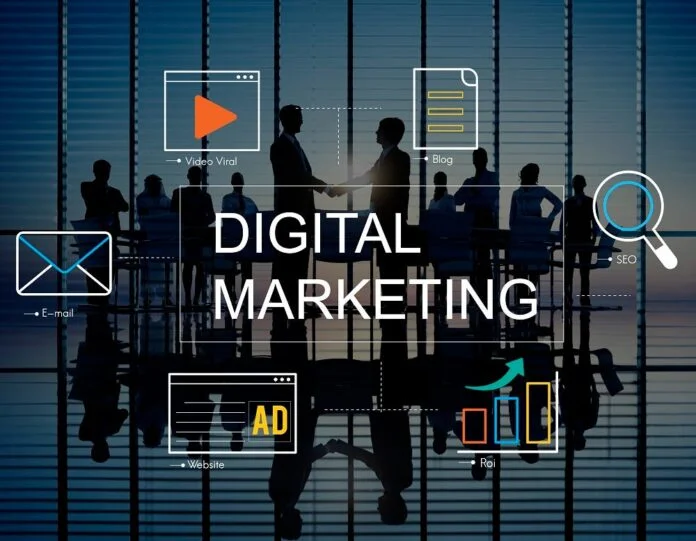Introduction To Ar And Vr In Digital Marketing
In recent years, the digital marketing landscape has witnessed a significant transformation with the emergence of augmented reality (AR) and virtual reality (VR) technologies. These immersive technologies have revolutionized the way brands interact with their target audience, offering unique experiences that were once unimaginable. AR overlays computer-generated content onto the real world, while VR creates entirely virtual environments that users can explore.
With their ability to captivate and engage consumers on a whole new level, AR and VR are poised to play a crucial role in digital marketing strategies for 2024 and beyond. AR and VR offer marketers unprecedented opportunities to create personalized and interactive campaigns that resonate with consumers’ emotions, preferences, and desires. By blending the physical and digital realms seamlessly, these technologies enable brands to provide hyper-realistic product demonstrations, immersive storytelling experiences, gamified interactions, virtual try-ons, and much more.
The Growing Importance Of Ar And Vr In Digital Marketing Strategies
As we fast forward to 2024, the role of augmented reality (AR) and virtual reality (VR) in digital marketing strategies has become increasingly vital. AR and VR technologies have evolved to offer immersive experiences, captivating users like never before. With consumers becoming more tech-savvy, businesses are realizing the immense potential these emerging technologies hold. AR allows marketers to overlay digital content onto the real world, providing a unique blend of virtual elements within a physical environment.
This enables brands to create interactive advertisements, product demonstrations, and personalized experiences that resonate with their target audience. On the other hand, VR transports users into entirely virtual environments through headsets or simulators, offering them an unparalleled level of engagement. By incorporating AR and VR into their marketing strategies, businesses can enhance customer interactions, build brand loyalty, and create memorable experiences.
Key Benefits And Opportunities Of Integrating Ar And Vr In Digital Marketing
Integrating augmented reality (AR) and virtual reality (VR) technologies into digital marketing strategies offers numerous benefits and opportunities. Firstly, AR and VR allow marketers to provide immersive experiences that engage customers on a deeper level. By creating interactive 3D content, brands can enhance customer interactions, making their products or services more memorable. Furthermore, AR and VR enable marketers to personalize their campaigns by tailoring content based on individual preferences.
This targeted approach ensures a higher level of engagement while maximizing conversion rates. Moreover, these technologies offer the opportunity for brands to stand out from the competition by offering unique experiences that differentiate them in the market. By leveraging AR and VR, companies can create innovative storytelling methods that captivate audiences and increase brand loyalty. Lastly, integrating AR and VR in digital marketing strategies opens up new avenues for data collection.
Future Outlook: Predictions For The Role Of Ar And Vr In Digital Marketing Strategies For 2024
As we look ahead to 2024, it is evident that augmented reality (AR) and virtual reality (VR) will continue to revolutionize digital marketing strategies. These immersive technologies are poised to play a pivotal role in enhancing customer reviews and driving brand engagement. One prediction for 2024 is that AR and VR will become integral components of e-commerce platforms. Consumers will be able to virtually try on products, visualize how they fit into their lives, and make informed purchasing decisions without leaving their homes.
This will not only boost sales but also reduce return rates, as customers have a more accurate understanding of what they are buying. Furthermore, AR and VR will transform the way brands communicate with their target audience. Through interactive storytelling, personalized advertisements can be created, allowing consumers to actively participate in brand narratives.

